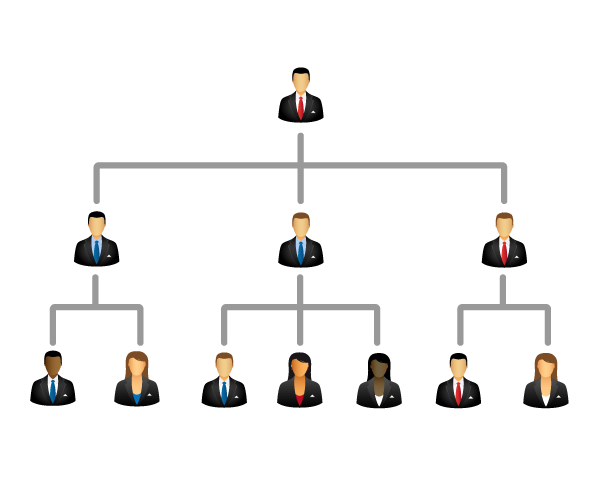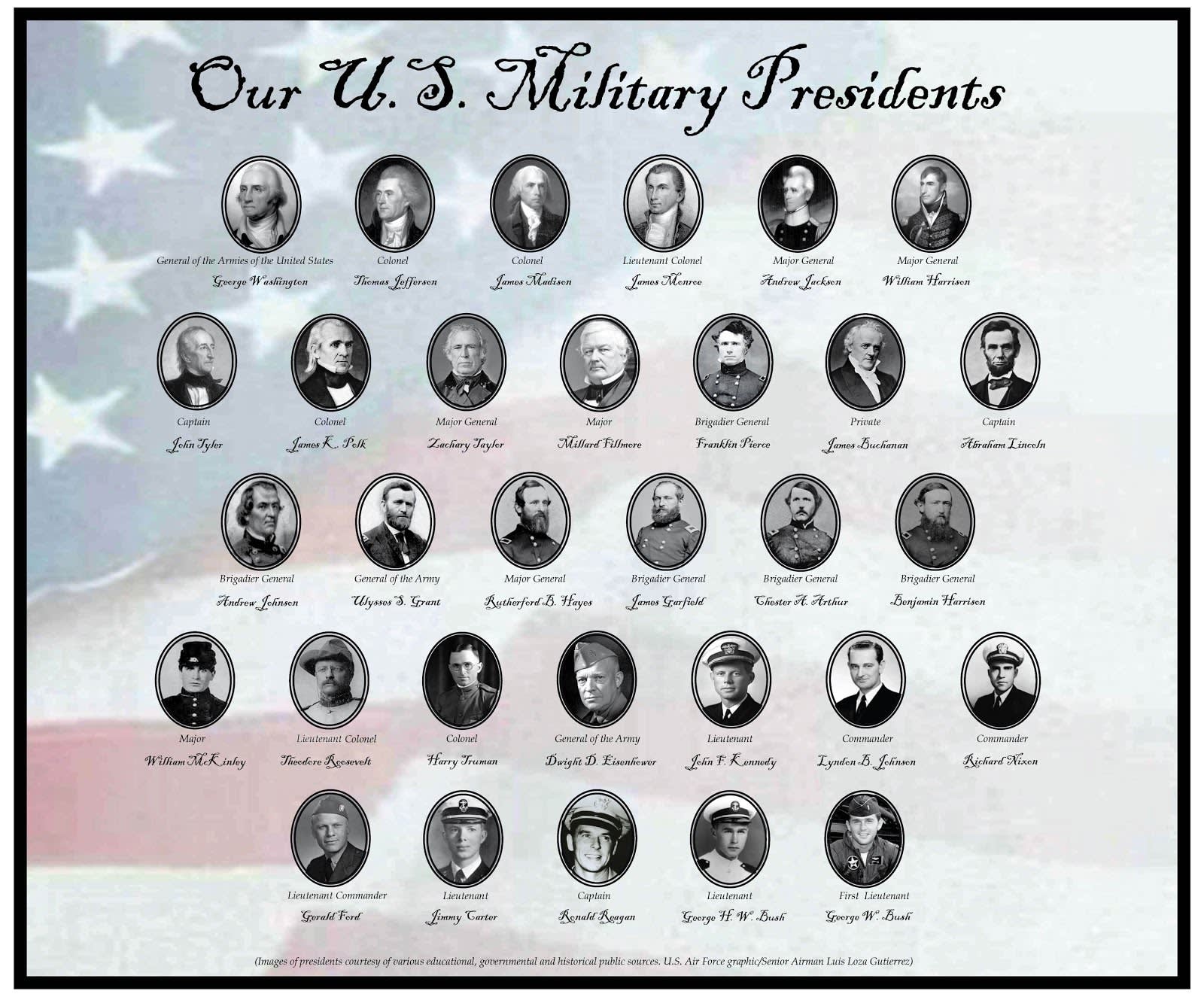Learn the Next 3 Principles: Context, Appropriation, and Counter-Stereotyping
Learning Objectives
After completing this unit, you’ll be able to:
- Explain the two important categories of context.
- Understand how to avoid cultural appropriation and how to counter-stereotype.
In this unit, we explore some of the societal, historical, and cultural influences in these last three principles of inclusive marketing.
4. Consider Context
We look at context in two categories: historical/cultural and hierarchal.
Definition: Context is the past circumstances that inform the setting of an event (or in the case of marketing, a piece of content).
Historical and Cultural Context
A marketing message doesn’t exist in isolation—its context needs to be considered. A major beverage brand recently received backlash when their ad campaign made light of a protest and encounter with the police. The advertisement unfortunately overlooked the historical and cultural context of race relations in the country. If a company chooses to refer or allude to historical events in its marketing, then it’s important to demonstrate an understanding of the historical context. Is the message authentic, appropriate, and does it accurately honor the legacy of the person or moment in time that is being referenced?
Order and Hierarchy
When it comes to creating inclusive marketing campaigns, another key element to consider is the order and hierarchy of the subjects in the ad. Let’s consider some examples:
An ad from a major soap company showed a black woman using soap and a caucasian woman appearing in the next frame. While the ad itself was diverse, the order in which we see these two women invokes racist connotations that dark skin is seen as “dirty.” The company has since issued an apology but we see how order, though nuanced, can still have an immense impact.
In another example, we see common stock images of workplaces in which male employees stand in an authoritative position next to a woman at her desk. The order and hierarchy here suggests that the woman is inferior to the man, is less knowledgeable, and needs him to explain something to her. Again, this might not have been the intention of the photographer or the marketer, but it’s the ultimate impact of the message.

When showing office settings in media, CxOs and managers are commonly shown as men. Here is an example of an org chart graphic that plays into those traditional gender roles and stereotypes.

5. Avoid Appropriation
Definition: Appropriation (or cultural appropriation) is taking/using an aspect from a minority culture without knowing or honoring the meaning behind it.
The concept of cultural appropriation is one that fosters much debate and dialogue. Discussing people’s cultures, traditions, and personal experiences of the world can be both subjective and sensitive. None of the topics we are discussing in this module are clear cut—they take brave, authentic conversations about difficult issues.
A large snack company recently came under scrutiny after featuring an ad that culturally appropriated the South Asian community. The ad featured a famous actor dressed up as a Bollywood producer and portrayed him in a stereotypical manner. The company was criticized for placing the caucasian actor in "brown face." Following the backlash, the company withdrew the ad.
Here are a few guidelines to determine whether something is actually appropriating vs. respecting a culture.
- Minority vs. Dominant Culture: Power dynamics play a huge role in defining what is or isn’t appropriation. Is the culture being referenced a minority or marginalized culture? Is it being referenced by a dominant culture? If the answer is yes, then be cautious about how the reference is used. Though it may seem like a small reference, there can be a painful historic reminder or cultural implications attached.
- Profit vs. Disenfranchisement: Connected to power dynamics is profit. Is the majority culture profiting from an element of a minority culture? Is the minority culture sharing in those profits or excluded from them? In many cases of appropriation, an aspect of a minority culture that was previously stigmatized is portrayed positively in a majority culture context and profited from, while the original creators don’t receive any recognition or benefit.
- Authentic vs. Inauthentic: Are the references authentic? Are they being presented by authentic members of the culture?
- Honoring vs. Exploiting or Making Fun: Are the references paying homage to a culture? It is respectful? Is it helping to educate others about the rich history? Many times when we see instances of appropriation, it stems from attempting to be humorous. However it becomes disrespectful when sacred aspects of a culture are used for a punchline.
- Informed vs. Misinformed: Before using any element of a culture we must ask ourselves: do we understand the culture well enough to portray it in an ad? Always seek counsel from authentic voices in the community and do due diligence to learn the history and significance of the aspects you are referencing.
When seeking to avoid appropriation and practice cultural respect and awareness, be mindful of nuance and historical context, honor and learn the culture, seek guidance and diverse opinions, evaluate intent and impact, and elevate authentic voices.
6. Counter-Stereotype
Definition: To counter-stereotype means going against a standardized image that represents an oversimplified opinion, prejudiced attitude, or uncritical judgment.
This is an area where we as marketers have the power to influence society around us. Marketers can lead their own Equality movement by helping diverse people see their own potential reflected in the world around them. Imagine if we showed more women as CxOS, people of color as the head engineers, people with disabilities as the sports icons, for example. We could truly start to change the conversation and inspire the next generation of leaders.
Representation matters. Here are three tangible examples of why.
- “When I was younger, I would look at the poster of the presidents on the wall of my classroom and I came home and told my mom, ‘I can’t be president. Look at the past presidents.’” —Alexandra Siegel, Equality Content and Narrative, Salesforce

- On the other hand, this video showcases a now-iconic photo of 3-year-old Parker Curry looking at Michelle Obama’s portrait, showing the power of seeing yourself reflected in an image of leadership.
- Remember the images from the first unit where we reimagined what a CEO, athlete, or engineer looks like? We can all do this in our everyday marketing. A menstrual products company, for example, recently created a commercial that challenged what it means to “throw like a girl.” They showed the difference of adult actresses taking the direction to “throw like a girl” compared to the young girls who threw with power and confidence at the same instruction. It demonstrated the impact traditional stereotypes have on our culture and society as well as an opportunity for companies to help change this mindset and empower the next generation.

Now that you know the six inclusive marketing principles, let’s look at how to set up a review process in the following unit.